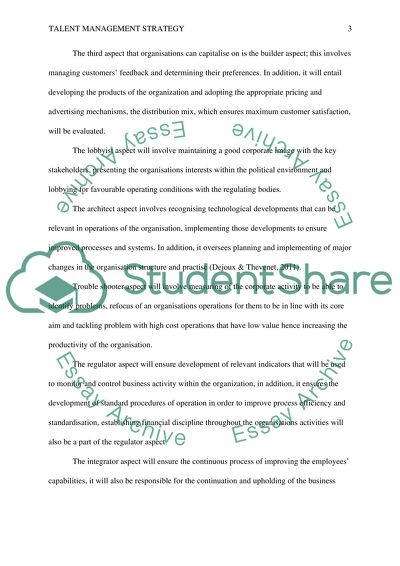Cite this document
(“Talent Management Strategy Research Paper Example | Topics and Well Written Essays - 1750 words”, n.d.)
Talent Management Strategy Research Paper Example | Topics and Well Written Essays - 1750 words. Retrieved from https://studentshare.org/human-resources/1484175-talent-management-strategy
Talent Management Strategy Research Paper Example | Topics and Well Written Essays - 1750 words. Retrieved from https://studentshare.org/human-resources/1484175-talent-management-strategy
(Talent Management Strategy Research Paper Example | Topics and Well Written Essays - 1750 Words)
Talent Management Strategy Research Paper Example | Topics and Well Written Essays - 1750 Words. https://studentshare.org/human-resources/1484175-talent-management-strategy.
Talent Management Strategy Research Paper Example | Topics and Well Written Essays - 1750 Words. https://studentshare.org/human-resources/1484175-talent-management-strategy.
“Talent Management Strategy Research Paper Example | Topics and Well Written Essays - 1750 Words”, n.d. https://studentshare.org/human-resources/1484175-talent-management-strategy.


